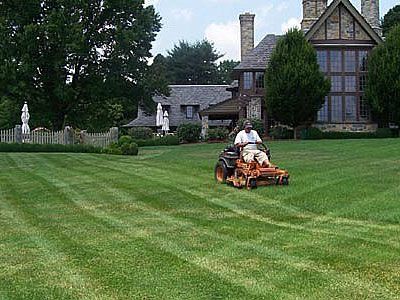
There have to be some characteristic over and above the intended tenants to make a property one that is residential accommodation for college students. For example, a block of flats may have a planning restriction that means that they might only be let to college students. It is value noting that, as defined in the greater rates part of the steerage, the acquisition of a non-residential property that features a dwelling isn’t chargeable to higher residential property LTT rates and bands. However this doesn’t stop the dwelling a part of that acquisition being subsequently taken under consideration as a dwelling when assessing how many dwellings an individual holds for the needs of the higher charges guidelines.

This property is prone to be appropriate to be used as a dwelling and chargeable to the residential rates of LTT. It has an old style kitchen and bathroom suite which required modernising. There was no circuity or pipework in the property so there was no access to heating or access to water and fuel. The property had been vandalised and suffered some hearth harm in the living room, though the harm was confined solely to the interior fittings and flooring. Therefore, this property is prone to be suitable to be used as a dwelling and chargeable to the residential charges of LTT. It must be famous that a dwelling acquired with the intention of letting to college students isn’t residential lodging for students .
Where the property transferred does not consist entirely of an interest in residential property then the non-residential property LTT charges and bands apply to that transaction. The WRA would count on the tax therapy to match the treatment that might apply had a single registered title covering the same property and land been the subject of the transaction. Therefore one wouldn’t expect a tax advantage to come up from dividing a property and its land into separate titles if those titles type a part of a single transaction or series of linked transactions. In most instances the transaction will include a single registered title for the property and land.
One element that is often overlooked is the impact of light on the aesthetics of the plants. Light shining by way of a plant, corresponding to a feathery grass, can change its look. The whole garden adjustments in perform and look over the course of the day, and the course of a 12 months, as the light and temperature change from morning to nighttime and season to season. All plant compositions begin with the main structure crops, the massive, mostly evergreen background vegetation-such as the timber and enormous shrubs. These crops separate or enframe spaces, management the size of the space, and provide the starting point for selecting the suitable characteristics of the second layer, midground plants, for massing and infill. The last layer of plants, the foreground crops, includes the low growing plants that often provide emphasis or focal points.
In some circumstances, a transaction might comprise several registered titles for what, is in effect, a single property, made up of a property and its land. To fully recognize and experience a garden, all the senses must be thought of. The nice scent of crops, the sound of wind in the trees, the sound and texture of water, and the colors and textures of sculptures, pots and garden furniture all add to the expertise of the garden.